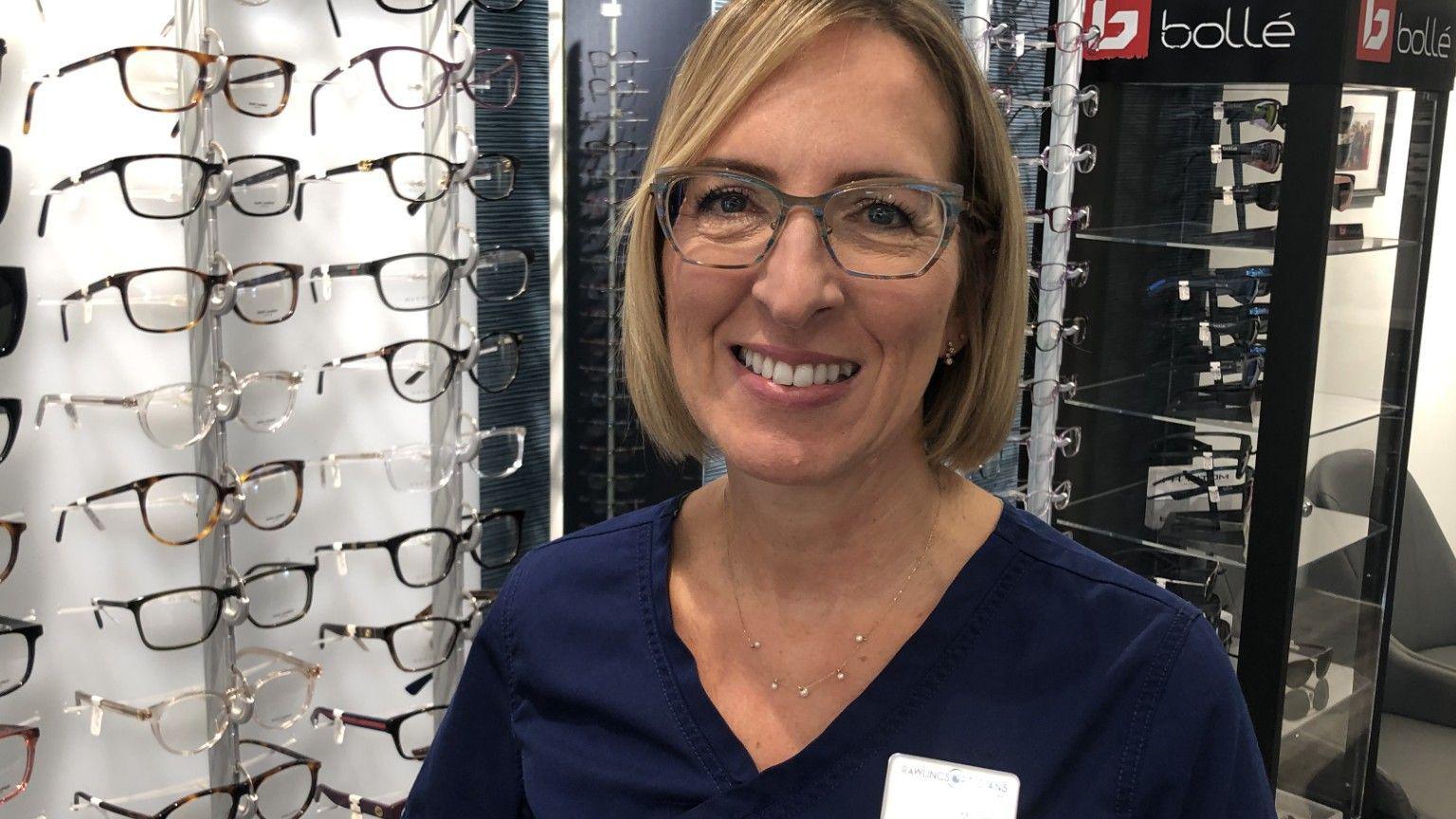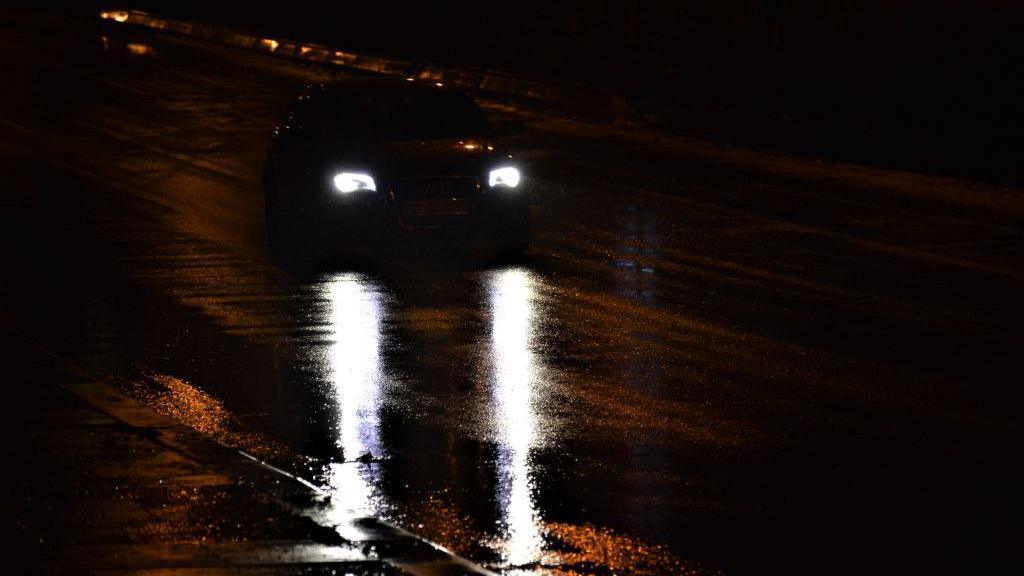Do ultra bright headlights really blind drivers?

The Transport Research Laboratory is investigating the impact of headlight glare
- Published
The impact of bright lights on road users is being independently investigated for the first time.
Transport Research Laboratory (TRL) in Berkshire will equip a car with specialist instruments to measure light levels in the same way drivers experience them.
The modified vehicle will also monitor weather conditions and ambient light to help build a complete picture of the circumstances most likely to lead to headlight glare.
TRL will report Its findings and give recommendations to the Department of Transport next spring.
The new research comes after an increasing number of drivers have reported being dazzled by oncoming headlights to optometrists and motoring organisations.
The RAC said they welcomed the new research and said they had campaigned for a study to delve into the issue for many months.
Rachael Smith, who works at Rawlings Opticians & Hearing Care in Winchester, said: "We see drivers of all age ranges, from 17 right through to older people, and they all complain about glare and discomfort, or being dazzled."

Optometrist Rachael Smith said customers frequently complained about discomfort from headlights
Ms Smith said when a person was dazzled by a bright light, the chemicals inside the eye became "bleached out", which can cause colour spots.
She said it takes between one and four seconds for the eye to recover, depending on a person's age.
"But if you’re travelling at 60mph that’s quite a difference in the amount of road covered," she said.
'Interrupting vision'
It is not just drivers who are impacted.
Ian Loader, chair of Cyclox - a bike campaign group from Oxford, believes bright lights are a symptom of the fact that cars are getting "bigger, heavier and higher on the road".
This means their lights are more likely to fall into the sight line of pedestrians and cyclists.
He said: “The risk is drivers have lights that are so bright that you feel you are making yourself safe but you’re actually making the environment around you less safe, because you are interrupting the vision of people around you.”
Over the last decade many car manufacturers have moved away from yellow halogen lights in favour of high intensity discharge beams (HIDs).
HIDs sit at the blue and white end of the colour spectrum and keep drivers safer by lighting the road more clearly.
But some road users say their brightness can be a nuisance.

Mark Hill is an expert witness with Transport Research Laboratory and has investigated accidents caused by bright headlights
As a former police officer with Sussex Police, and now an expert witness, Mark Hill has investigated more than 1,000 road accidents.
He said occasionally crashes were a direct result of bright lights causing "catastrophic consequences".
Mr Hill said he remembered one investigation that involved a car travelling at night around the bend of an unlit country road.
As the driver came out of the bend he was met by an oncoming vehicle which had its full main beam lights on.
This caused the young driver of the first vehicle to become disorientated and "resulted in a serious collision", Mr Hill said.

Sharon Tuschick said she found bright headlights dangerous while driving
Drivers taking a break at Rownhams Service Station in Southampton also had views on how bright some headlights felt.
Sharon Tuschick was heading to the coast with her husband for the day and said blue tinted lights drove her "insane".
The previous week she had travelled to Manchester and said coming home in the dark had been dangerous and "absolutely awful" due to the glare from oncoming vehicles.

Malcolm Johnson said his eyes struggled to recover from bright lights
Another motorist, Malcolm Johnson, said he believed high performance lights were "too bright".
"Even when they are dipped they shine too much," he said.
He added his eyes were frequently left affected by the brightness, even after a car had gone past.
Deborah Bullard also said she noticed a big difference in how bright lights had become, and bought yellow glasses to try to help with the situation.
Ms Bullard conceded she did not like driving at night anymore and avoided it whenever she could.
TRL will finish its initial research next year.
Get in touch
Do you have a story BBC Hampshire & Isle of Wight should cover?
You can follow BBC Hampshire & Isle of Wight on Facebook, external, X (Twitter), external, or Instagram, external.
Related topics
- Published23 October 2024
